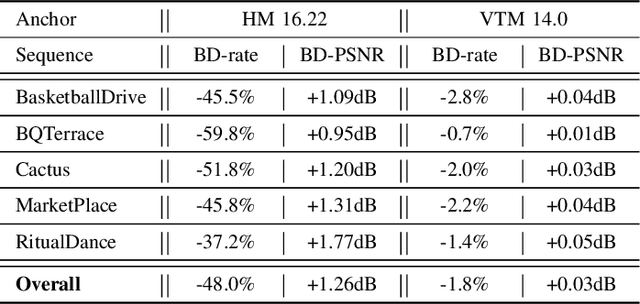Charlie Tan
On the Limitations of Fractal Dimension as a Measure of Generalization
Jun 04, 2024Abstract:Bounding and predicting the generalization gap of overparameterized neural networks remains a central open problem in theoretical machine learning. Neural network optimization trajectories have been proposed to possess fractal structure, leading to bounds and generalization measures based on notions of fractal dimension on these trajectories. Prominently, both the Hausdorff dimension and the persistent homology dimension have been proposed to correlate with generalization gap, thus serving as a measure of generalization. This work performs an extended evaluation of these topological generalization measures. We demonstrate that fractal dimension fails to predict generalization of models trained from poor initializations. We further identify that the $\ell^2$ norm of the final parameter iterate, one of the simplest complexity measures in learning theory, correlates more strongly with the generalization gap than these notions of fractal dimension. Finally, our study reveals the intriguing manifestation of model-wise double descent in persistent homology-based generalization measures. This work lays the ground for a deeper investigation of the causal relationships between fractal geometry, topological data analysis, and neural network optimization.
Geodesic Mode Connectivity
Aug 24, 2023Abstract:Mode connectivity is a phenomenon where trained models are connected by a path of low loss. We reframe this in the context of Information Geometry, where neural networks are studied as spaces of parameterized distributions with curved geometry. We hypothesize that shortest paths in these spaces, known as geodesics, correspond to mode-connecting paths in the loss landscape. We propose an algorithm to approximate geodesics and demonstrate that they achieve mode connectivity.
ViSTRA3: Video Coding with Deep Parameter Adaptation and Post Processing
Nov 30, 2021



Abstract:This paper presents a deep learning-based video compression framework (ViSTRA3). The proposed framework intelligently adapts video format parameters of the input video before encoding, subsequently employing a CNN at the decoder to restore their original format and enhance reconstruction quality. ViSTRA3 has been integrated with the H.266/VVC Test Model VTM 14.0, and evaluated under the Joint Video Exploration Team Common Test Conditions. Bj{\o}negaard Delta (BD) measurement results show that the proposed framework consistently outperforms the original VVC VTM, with average BD-rate savings of 1.8% and 3.7% based on the assessment of PSNR and VMAF.
 Add to Chrome
Add to Chrome Add to Firefox
Add to Firefox Add to Edge
Add to Edge